 |
|
|||||
|
|
||||||
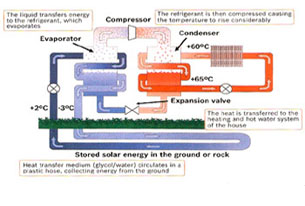 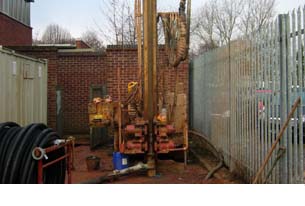 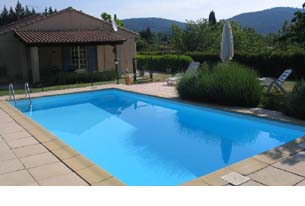 |
Ground source. Ground Source heat pumps (gshp) extract heat stored in the ground. At depths of 2m and more, the ground temperature does not deviate very much from the average summer/winter surface temperatures (around 9 -12C in the UK depending on location). The most practical way of extracting this energy is to bury a large amount of pipe in the ground. This is usually laid in horizontal trenches at 1.5 – 2m depth, but vertical bore-holes are an alternative method giving similar results. Water source. A river or small stream can be utilised, and, in the past systems using copper coils in the water have been used. Pumping river water through a heat pump is another option, and can give very good results, but heat pump units require water at temperatures above 5 to 8°C (varying depending on type). Whilst delivering very high-efficiencies for much of the time, this system will fail to operate in the middle of winter during lower temperatures- just when you need the most heat, so a back-up heat source will be needed. A spring is a much more stable and better heat source. Its an opportunity not to be overlooked, offering excellent efficiencies. Acidity and impurities in the water can sometimes make its use prohibitive Permission should be sought from the relevant authorities as an abstraction licence may be needed. Air source is probably the most common type of heat pump. The air source system however will be less effective for heating in winter since the air temperature can become very cold. A back-up heater in the form of a conventional electric heater is usually included within the heat pump package. This is far more necessary for air source systems, and usually controlled automatically. How is the heat delivered to the building? Heat pumps usually deliver heat in the form of hot water, as do most conventional central-heating systems. However, to maintain a high energy-efficiency, the emitter system should be designed so that the water temperature is as low as possible. Ideally, a well-designed underfloor heating system should be used. Radiators may be the only alternative, but should be significantly larger in area than normal. Several radiators in one room is advantageous. |
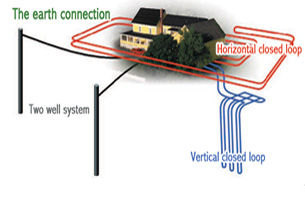 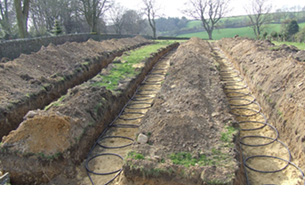 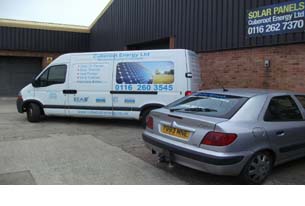 |
||||
|
||||||

